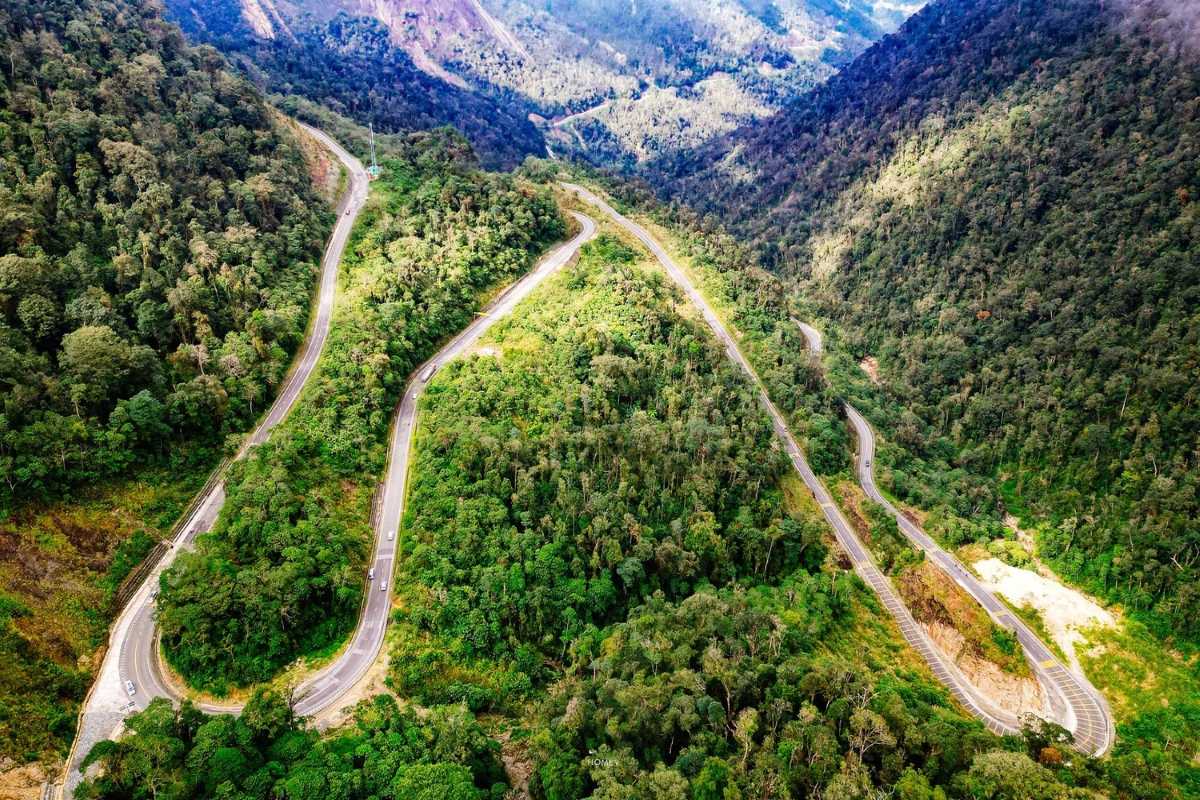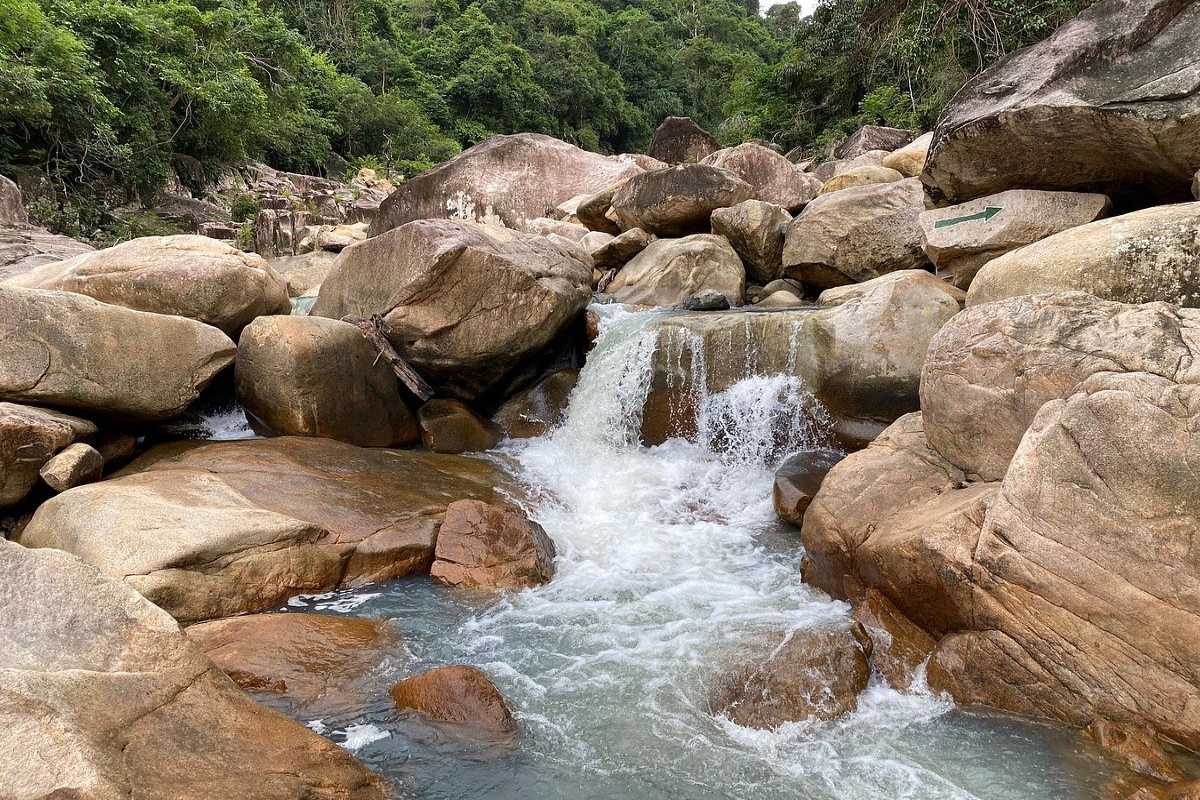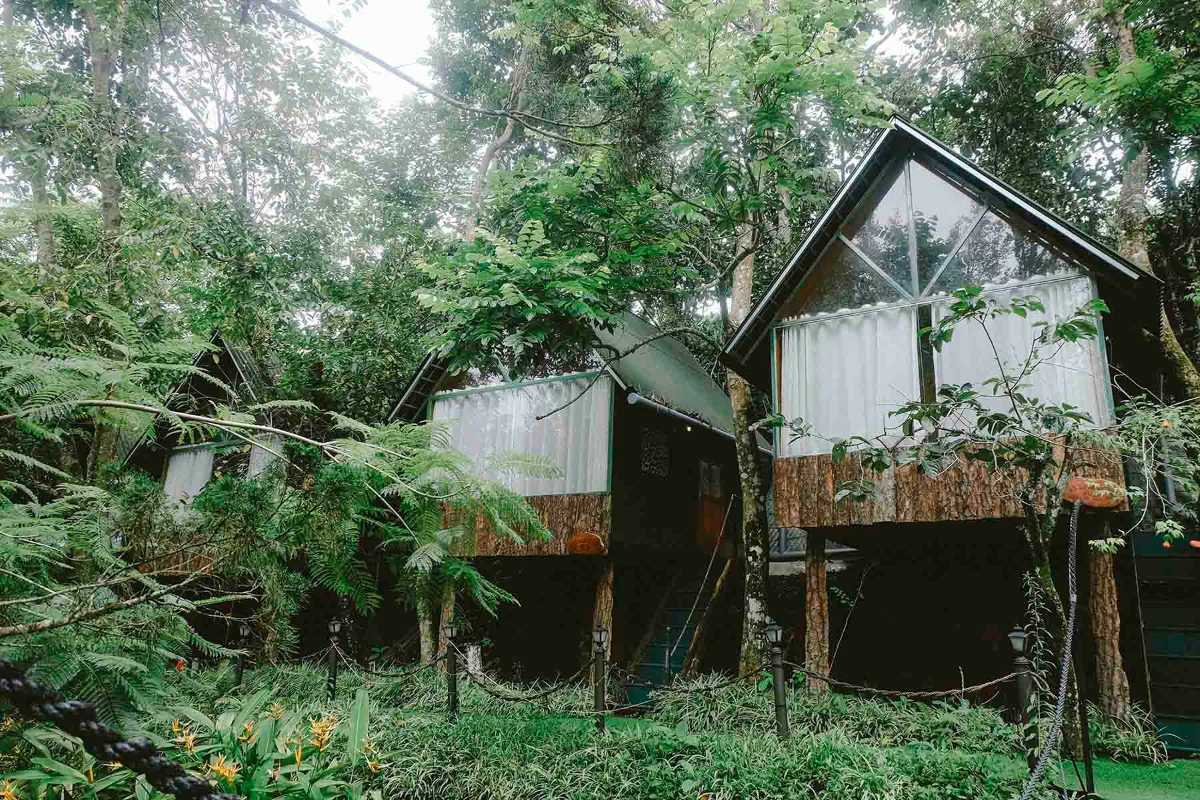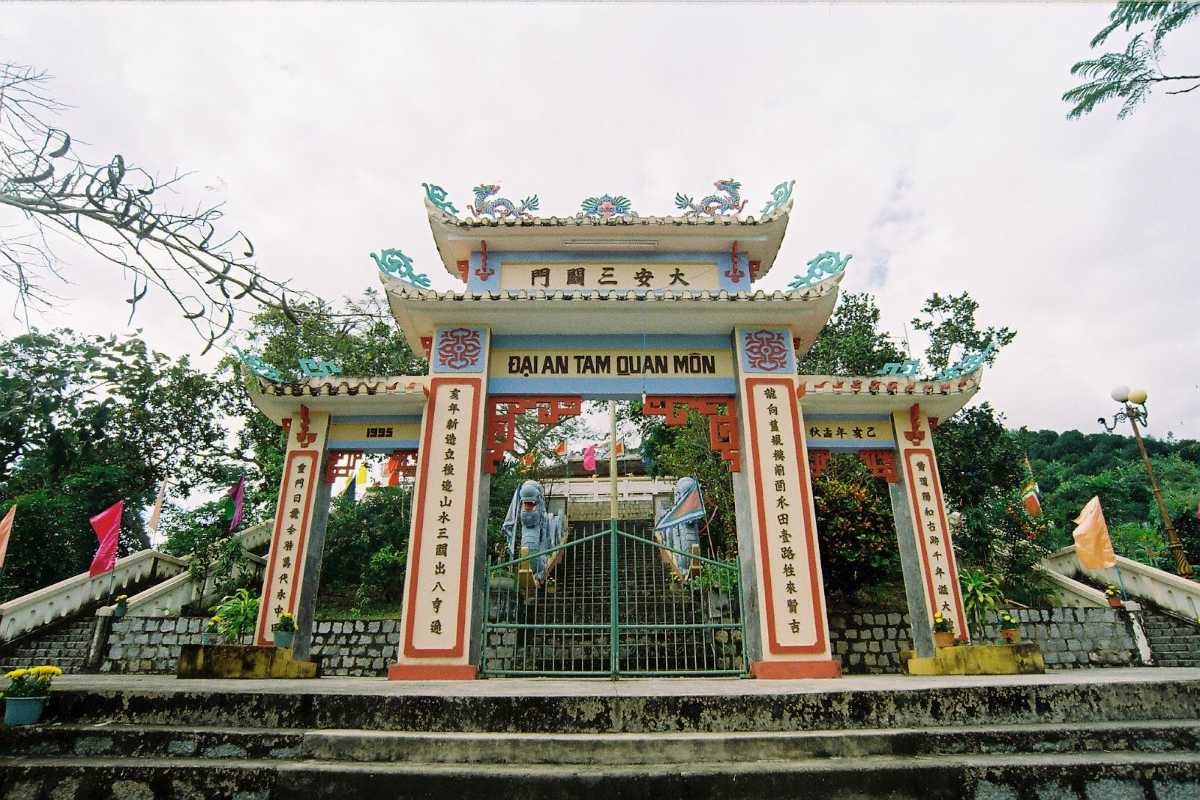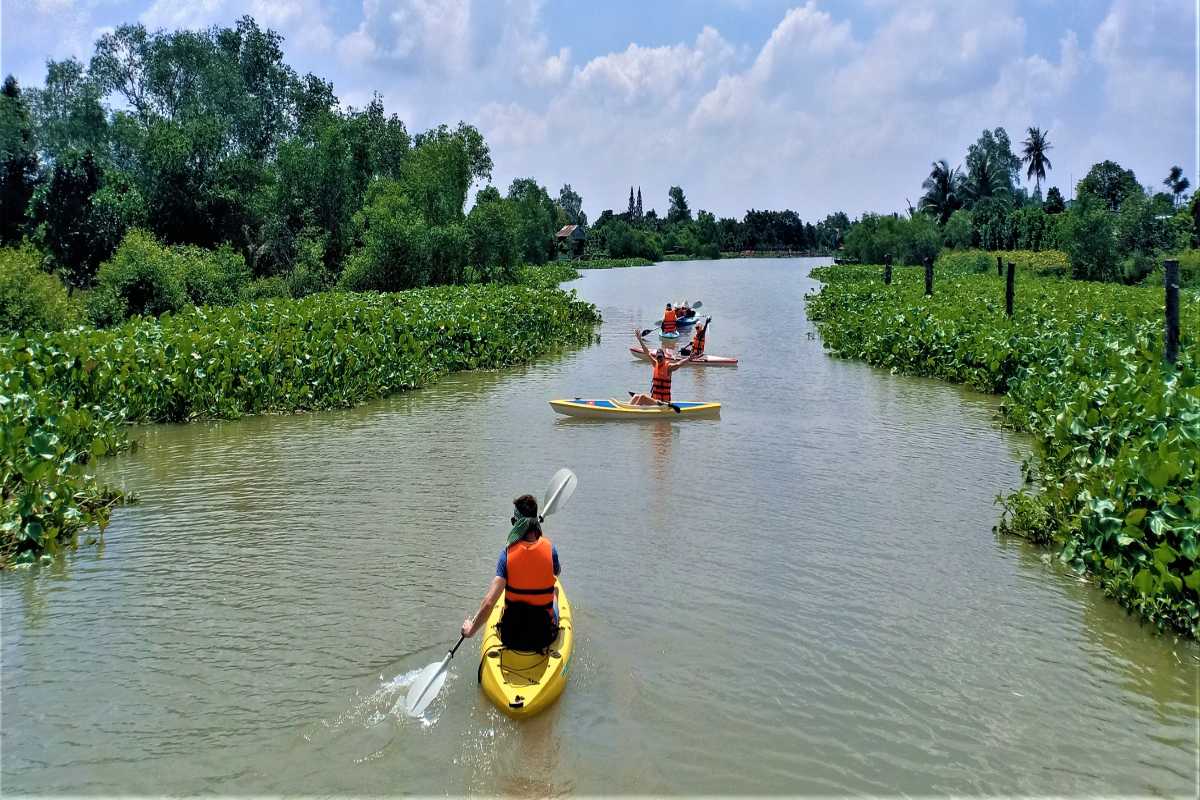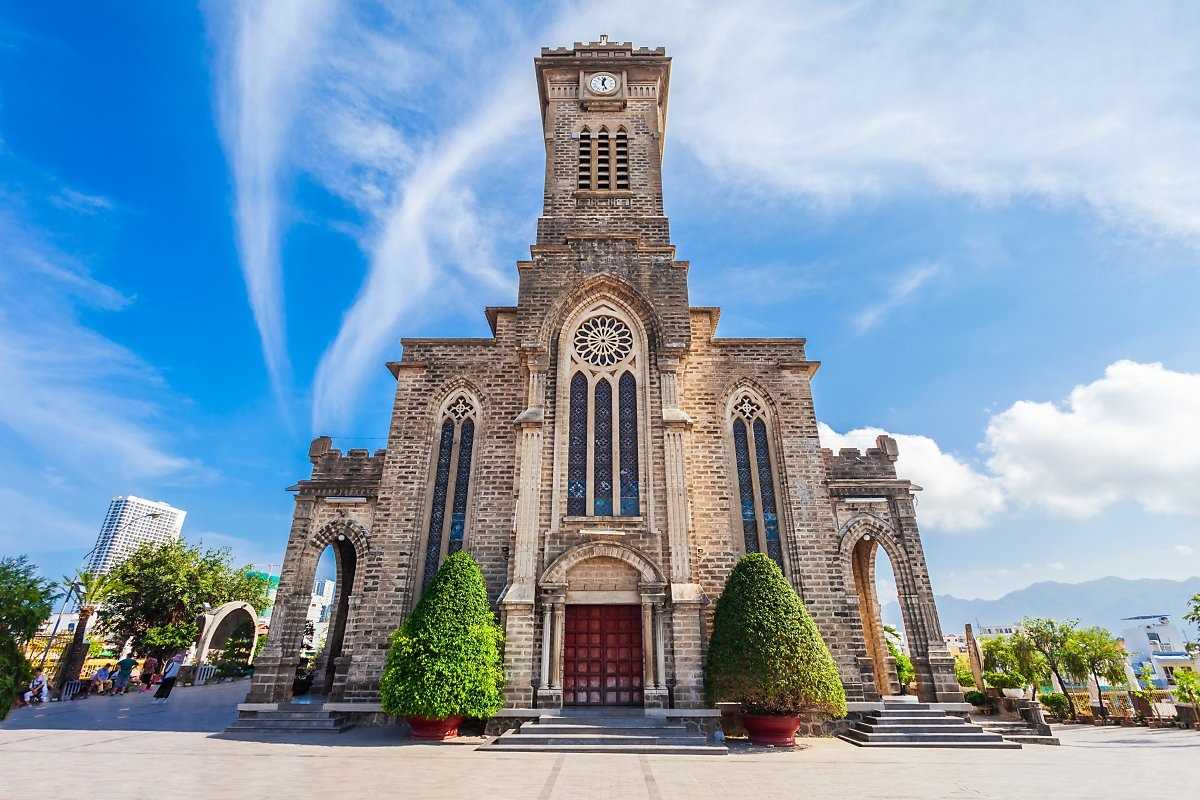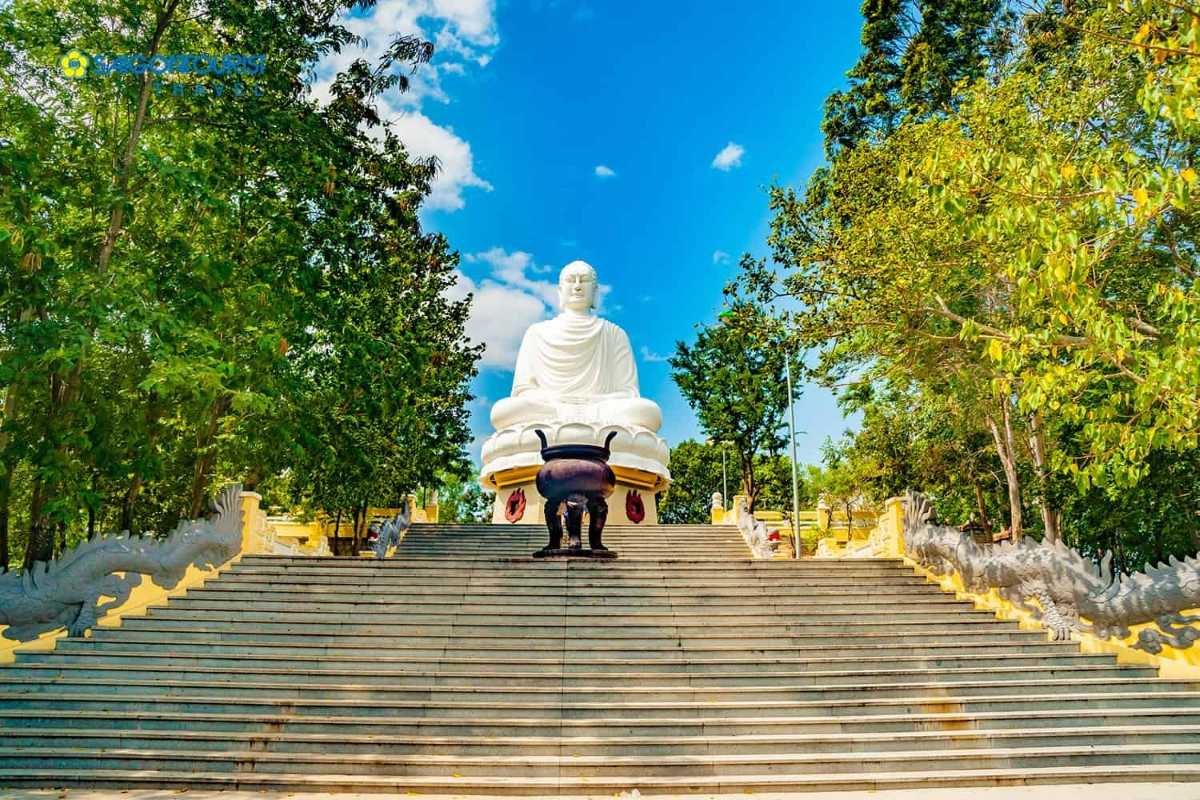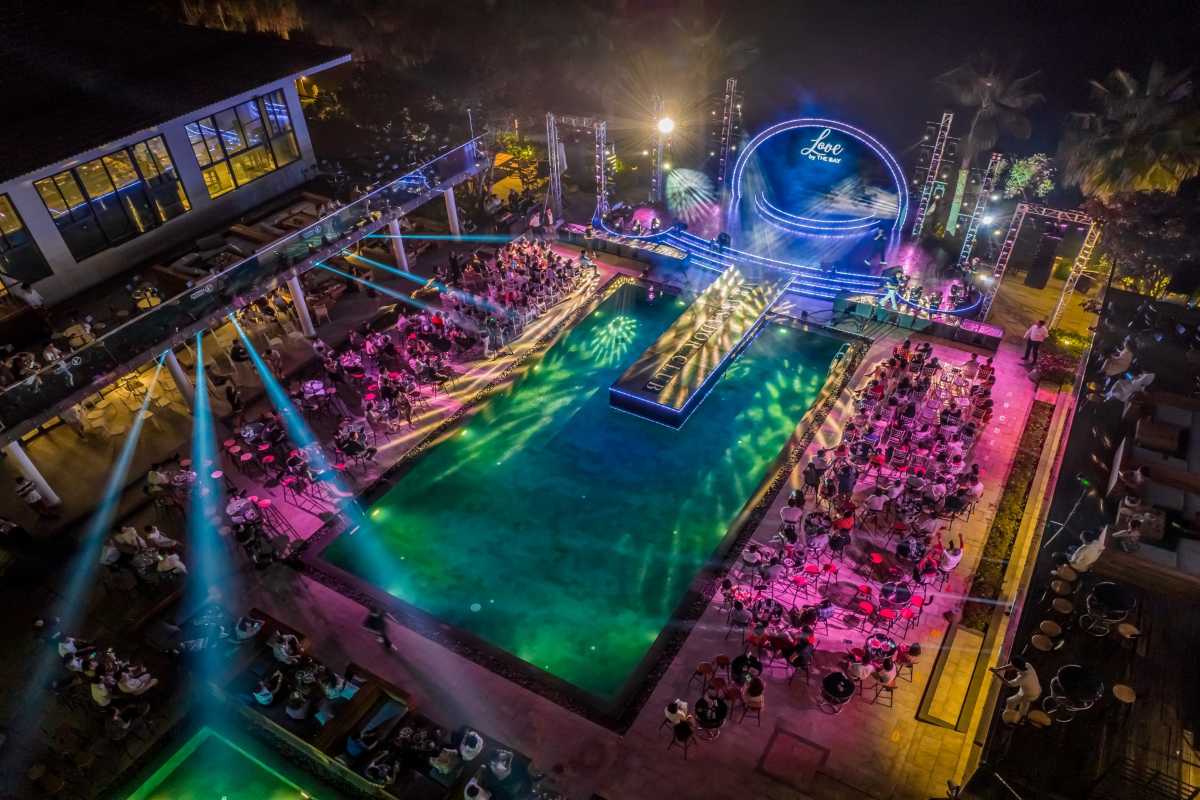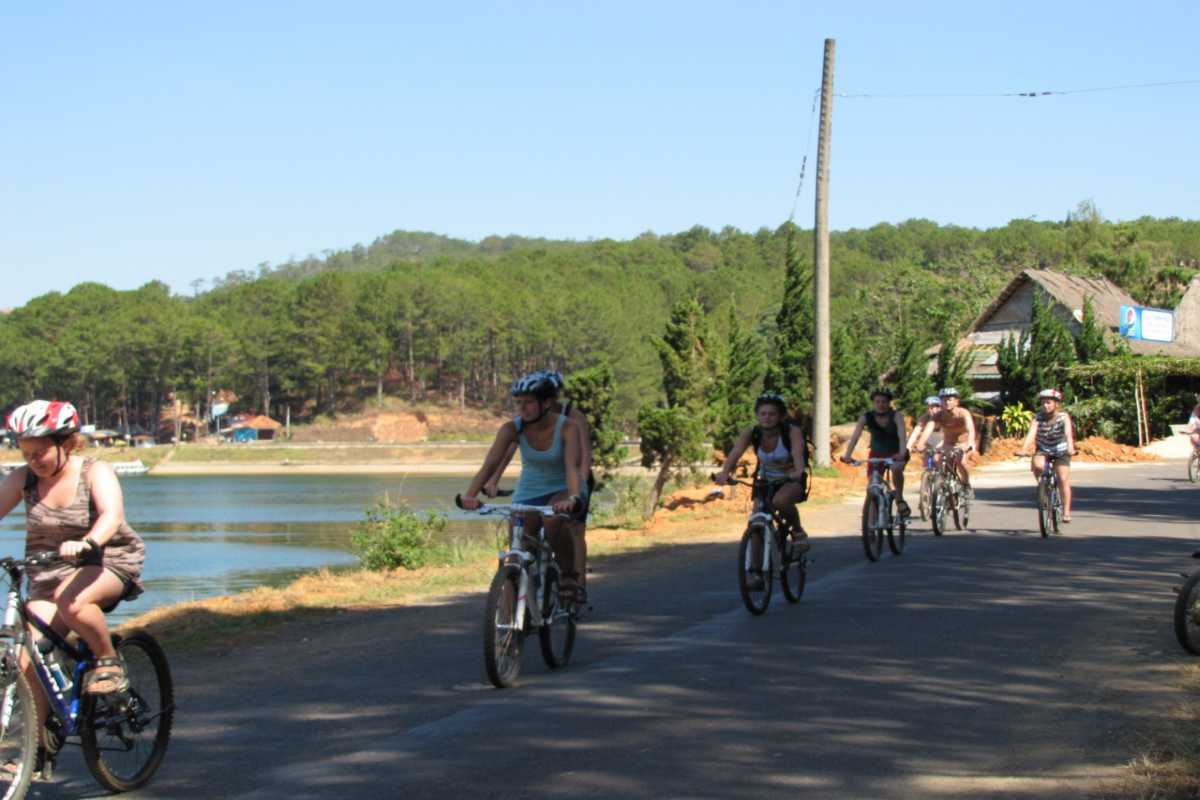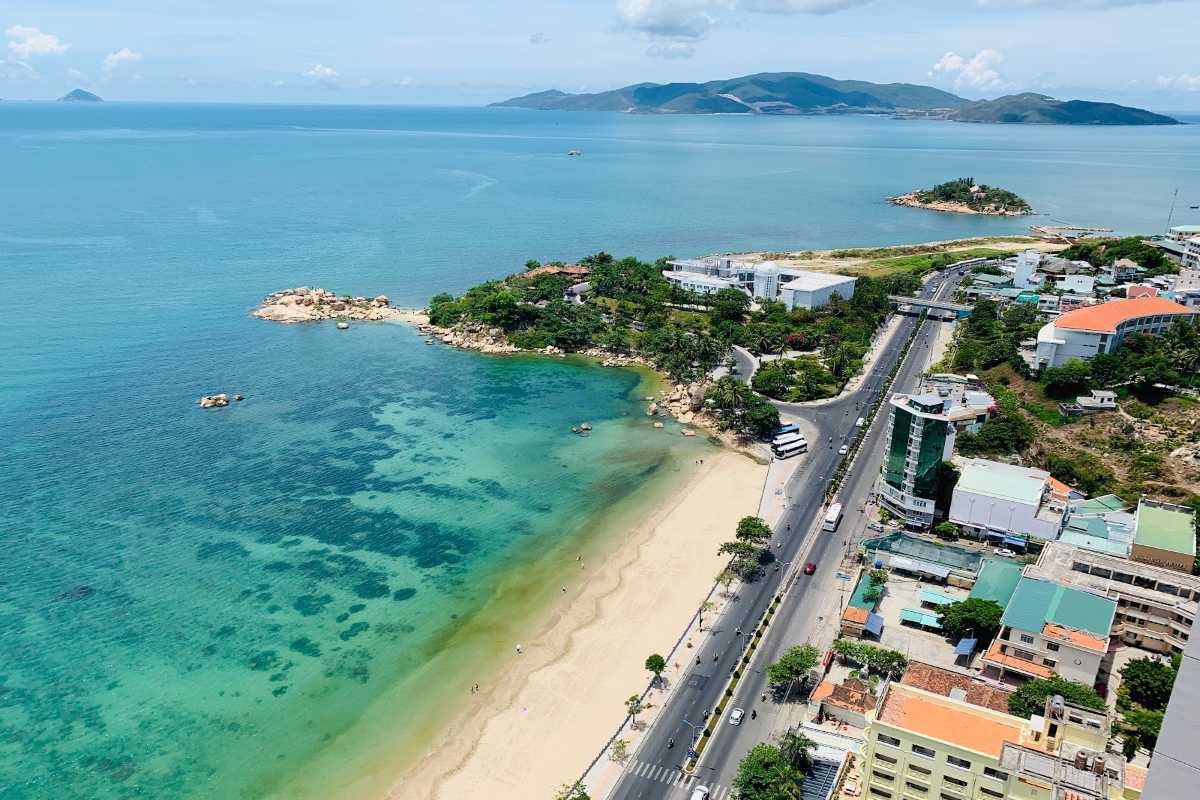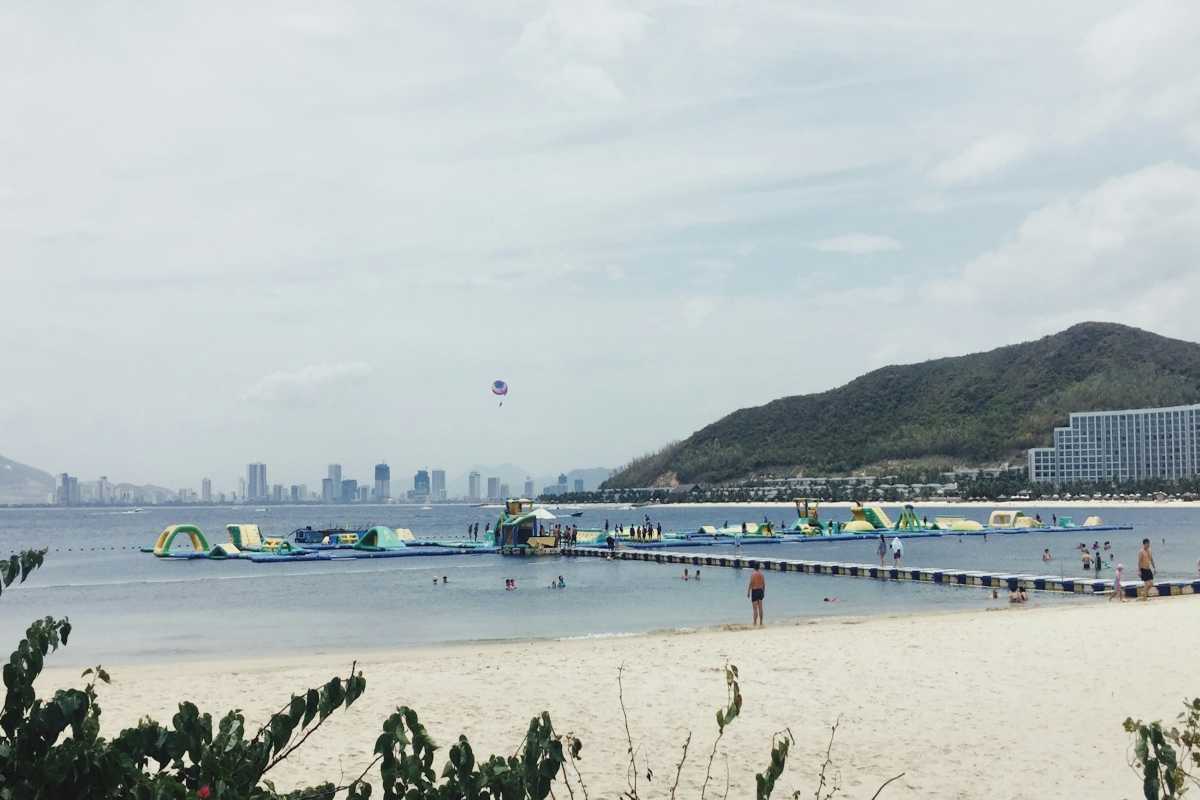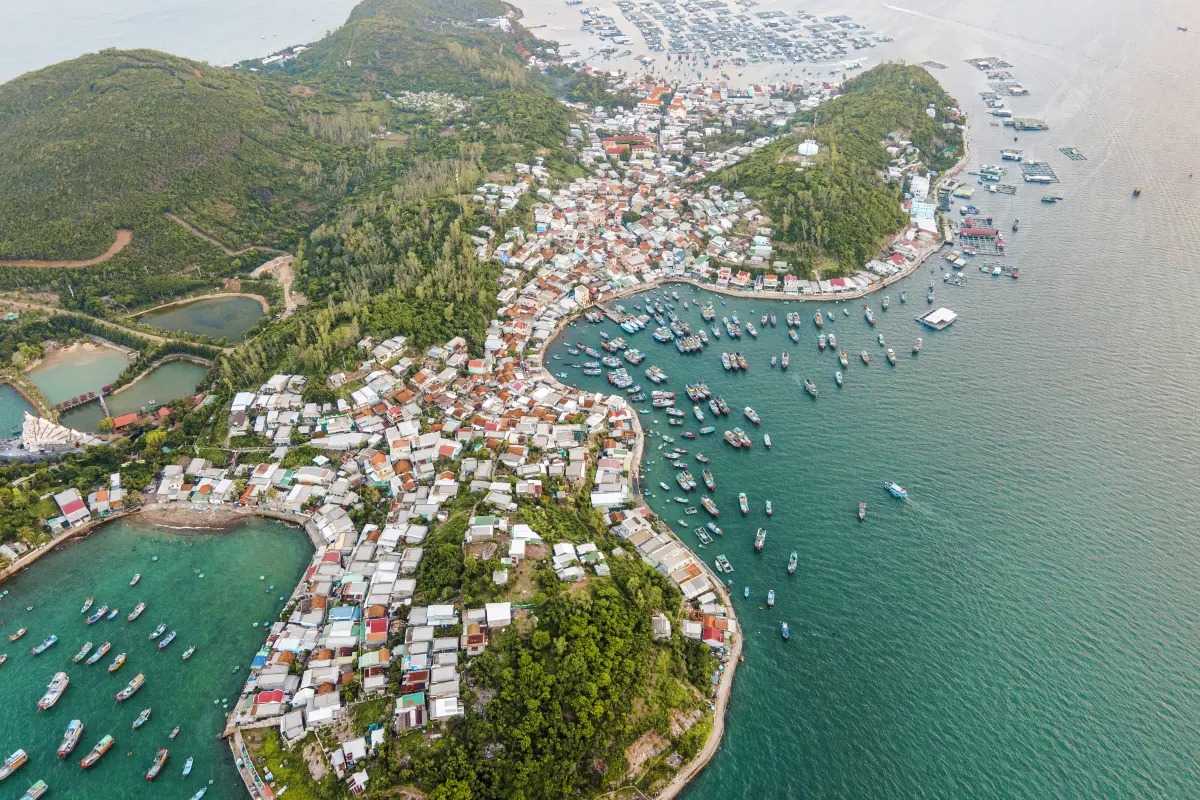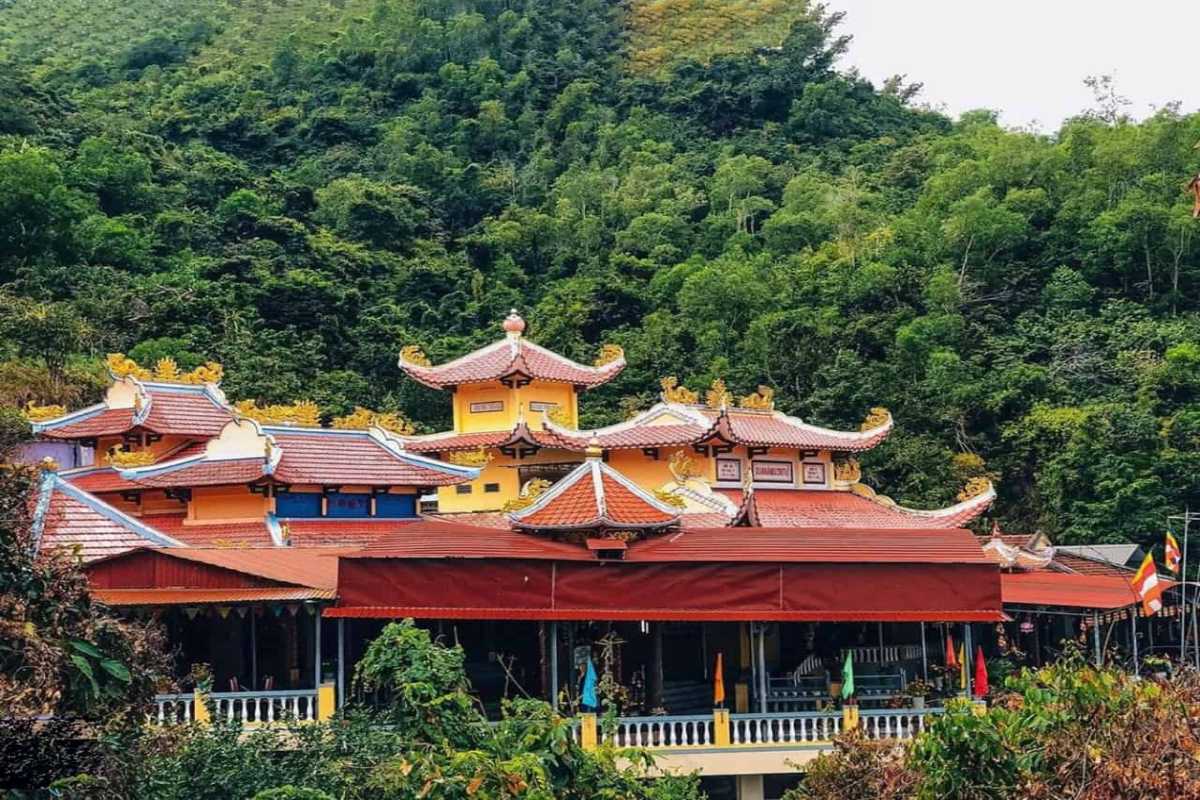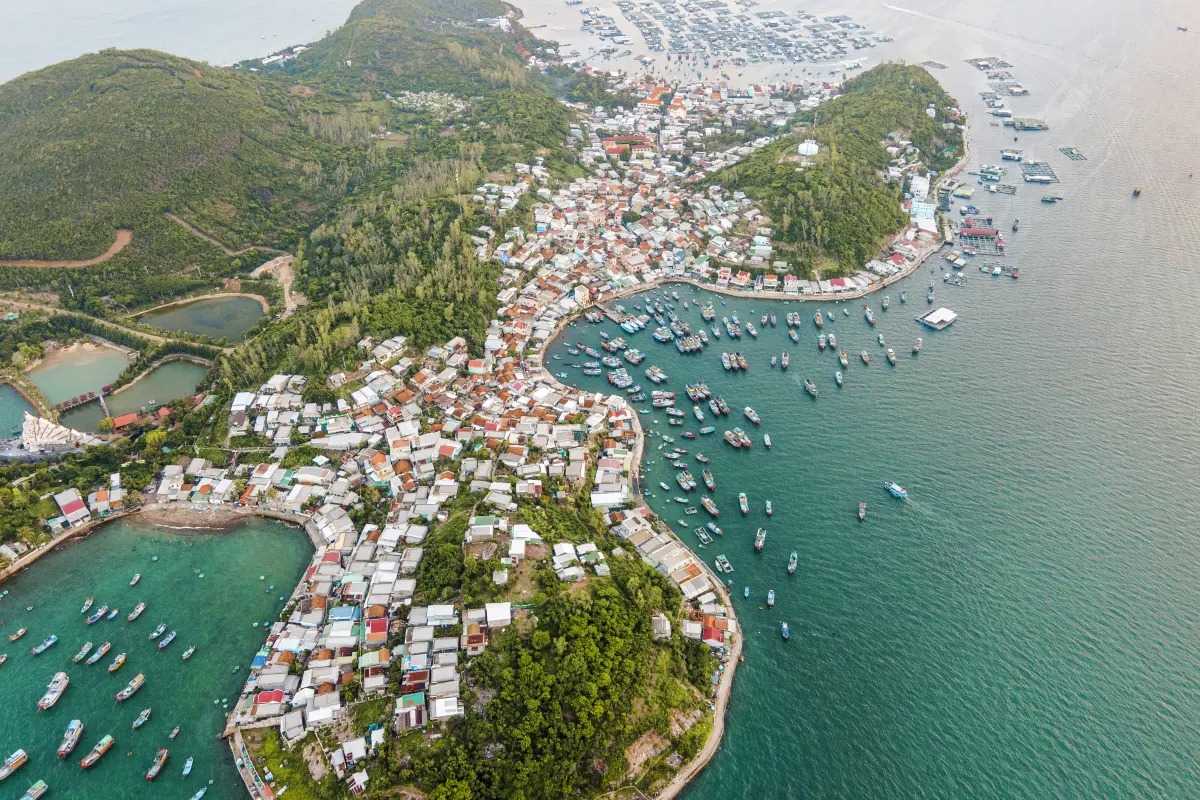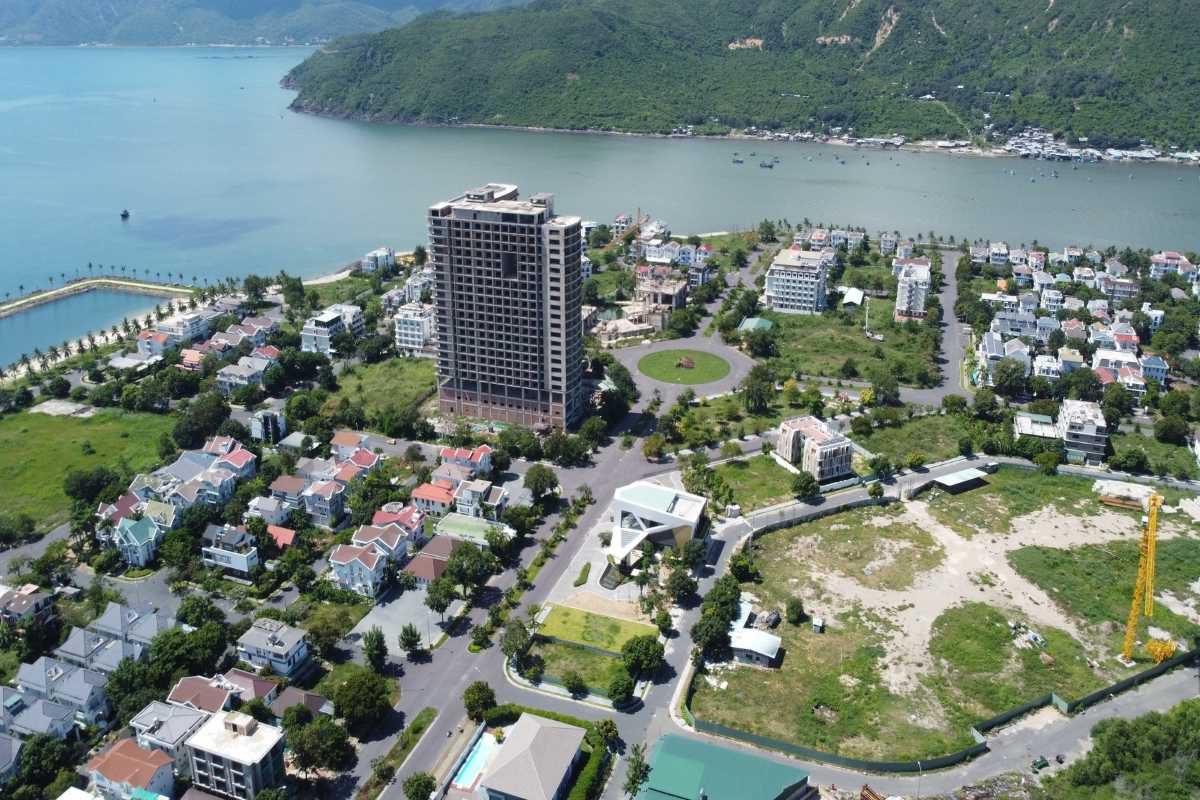Tu Van Pagoda Nha Trang: A Complete Travel & Cultural Guide
Tu Van Pagoda is a historic Buddhist temple located in Nha Trang, offering visitors a peaceful cultural experience with traditional Vietnamese architecture, serene meditation programs, and vibrant local festivals. It stands out for its rich spiritual heritage and beautiful pagoda grounds.
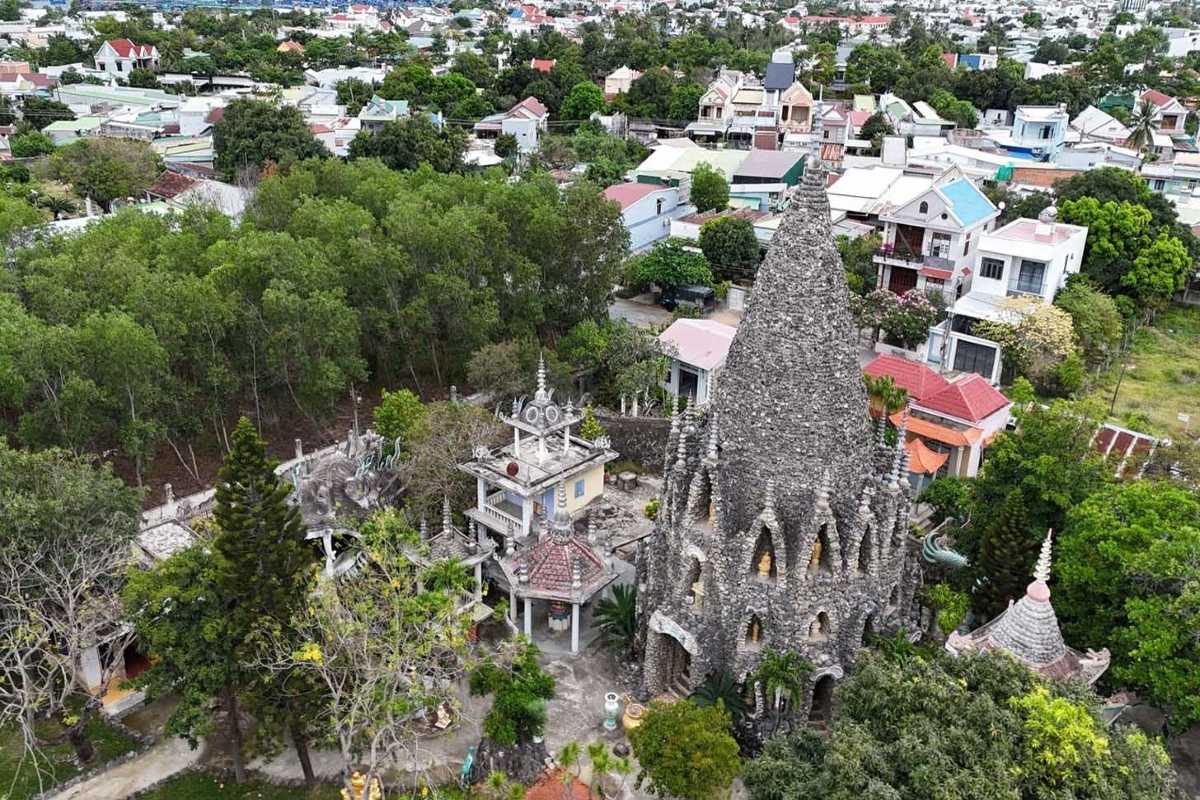
Introduction to Tu Van Pagoda
Tu Van Pagoda is a serene Buddhist temple located in Nha Trang, Vietnam, known for its rich cultural heritage and peaceful atmosphere. This historic site offers visitors a glimpse into traditional Vietnamese religious practices and stunning architectural beauty. Exploring the pagoda provides a meaningful experience that connects you with the local spiritual landscape. Plan your visit to Tu Van Pagoda to immerse yourself in its cultural significance and tranquil surroundings.
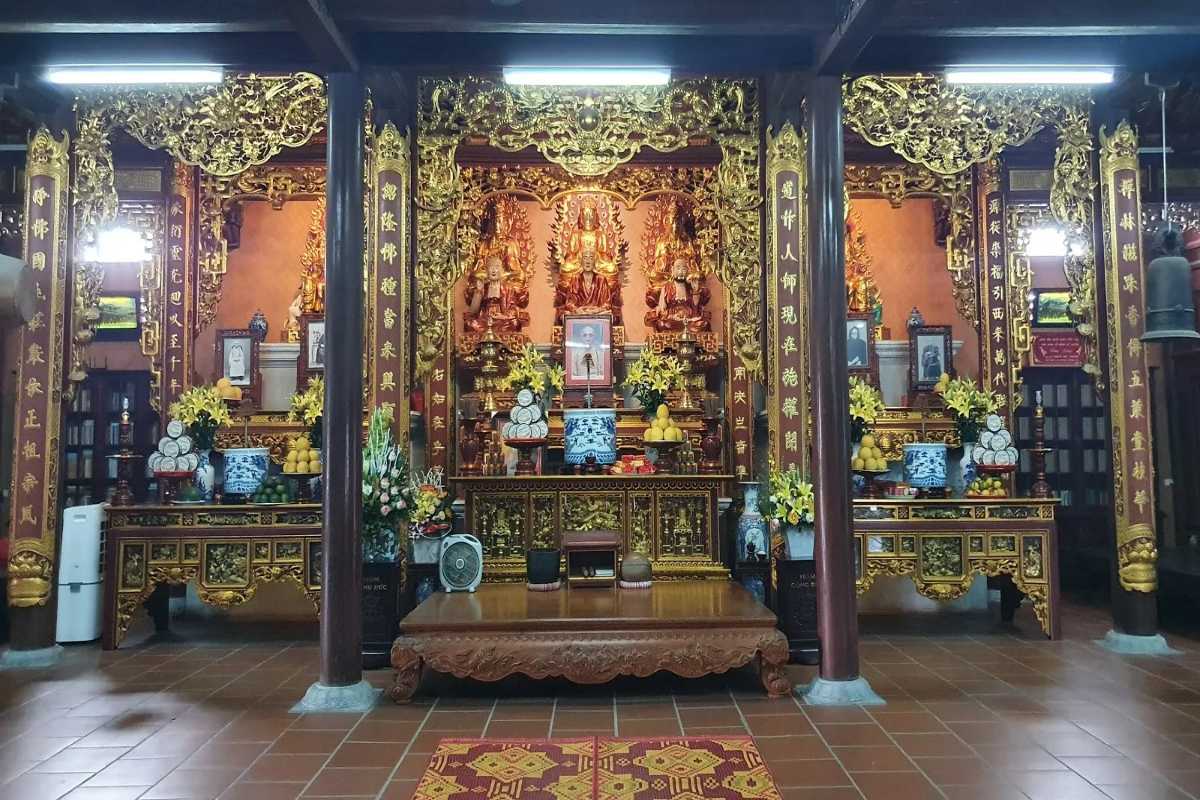
Overview of Tu Van Pagoda
Situated in the heart of Nha Trang, Tu Van Pagoda stands as a testament to the city’s Buddhist traditions and architectural excellence. This pagoda features classic Vietnamese design elements that reflect centuries of religious art and community devotion. Visitors can admire intricate carvings, peaceful gardens, and ornate statues that decorate the temple grounds. Whether you come for spiritual reflection or cultural exploration, Tu Van Pagoda offers a welcoming and enlightening atmosphere. Discover the overview of Tu Van Pagoda and prepare for a rewarding visit.
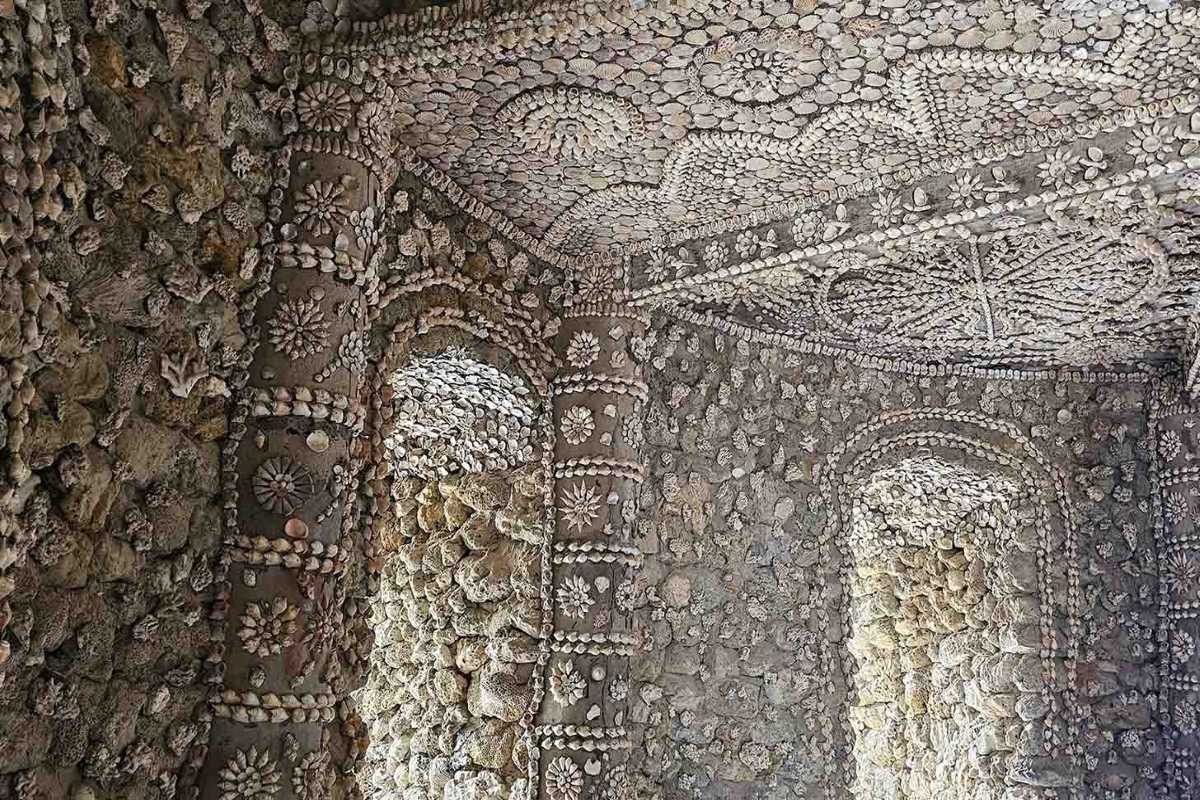
Significance in Nha Trang’s Cultural Landscape
Tu Van Pagoda plays a vital role in the cultural and religious life of Nha Trang. It serves as a center for Buddhist worship and local festivals, preserving centuries-old traditions that are integral to the community’s identity. The pagoda hosts ceremonies and events that attract both locals and tourists interested in spiritual tourism. Appreciating the cultural significance of Nha Trang through Tu Van Pagoda enriches your understanding of Vietnam’s religious heritage and its living practices.
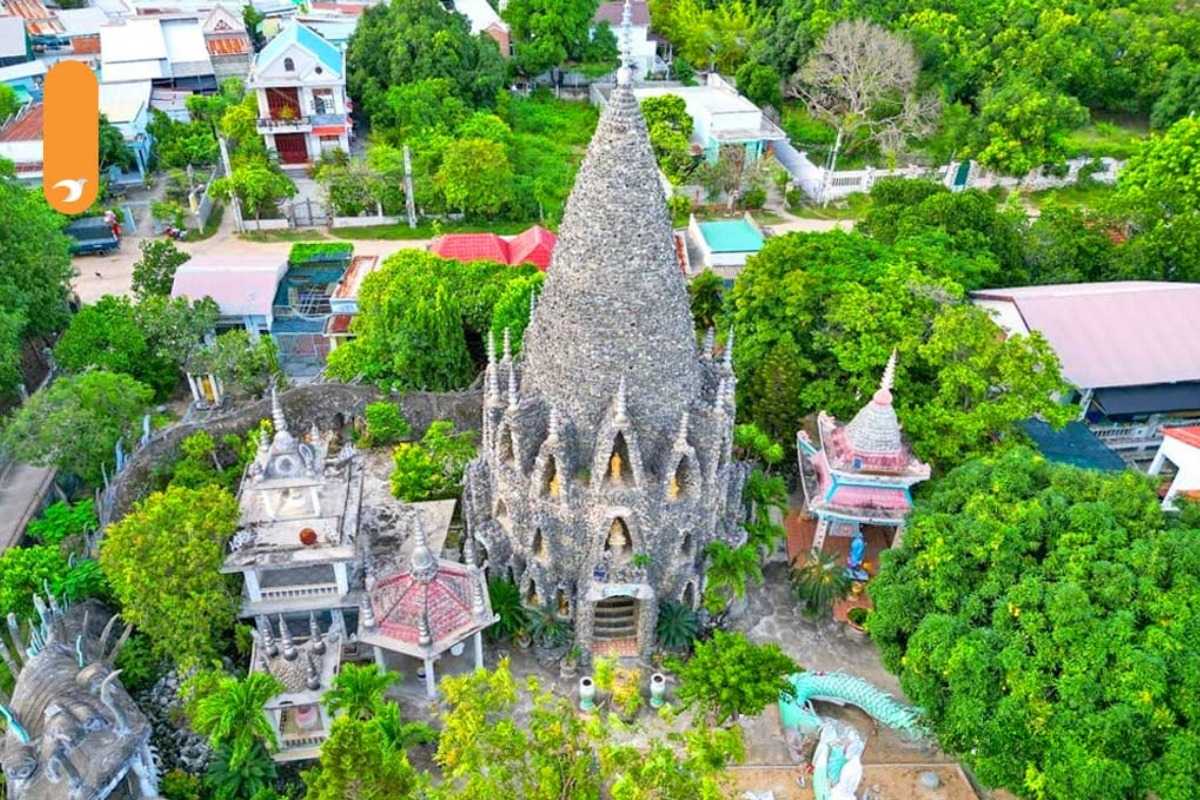
Quick Facts and Visitor Highlights
To help you plan your visit, here are some essential facts and highlights about Tu Van Pagoda that showcase its appeal and visitor experience.
- Location: Van Thanh Ward, Nha Trang – Easily accessible from the city center
- Architecture: Traditional Vietnamese pagoda style with intricate woodwork and statues
- Spiritual Activities: Daily Buddhist rituals and seasonal festivals
- Visitor Experience: Tranquil gardens, meditation spaces, and cultural exhibits
- Accessibility: Suitable for individual travelers and families seeking cultural insights
Make sure to include Tu Van Pagoda visitor highlights in your itinerary for a full cultural experience in Nha Trang.
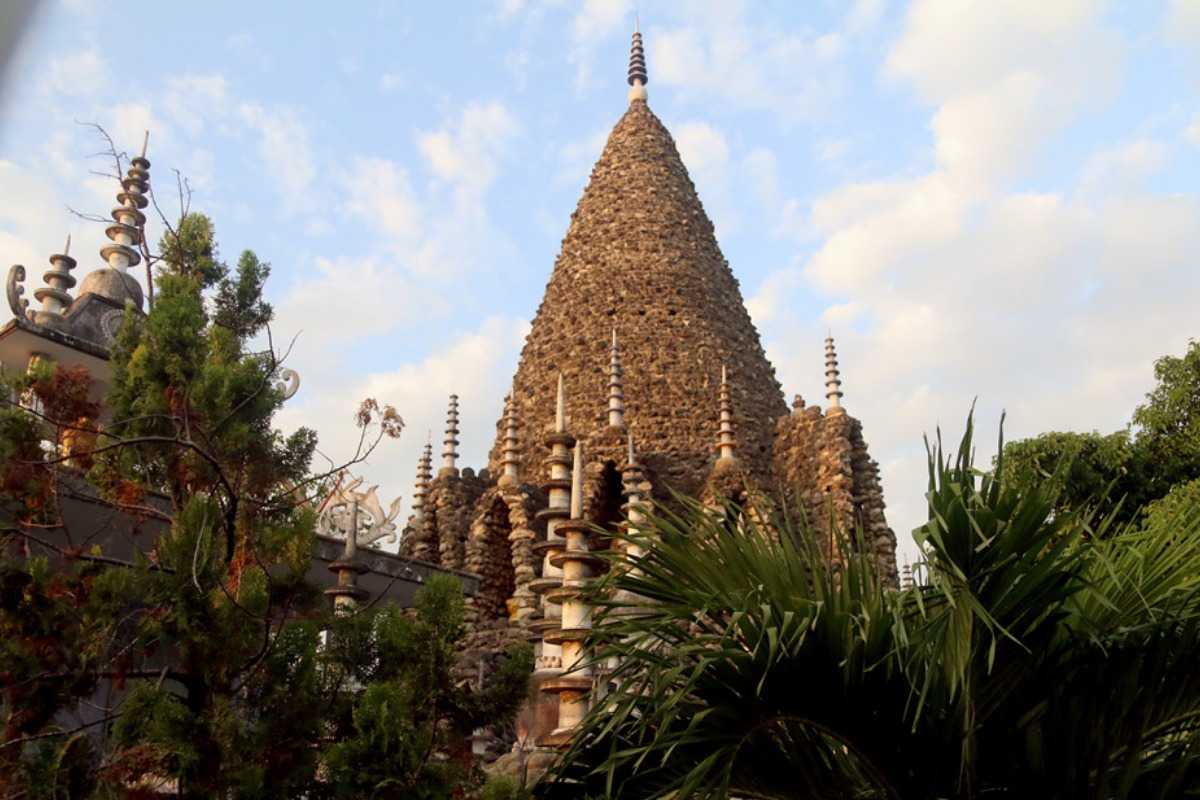
Historical and Architectural Insights
Tu Van Pagoda History reflects a rich heritage deeply rooted in Nha Trang’s Buddhist traditions. Established centuries ago, this temple has evolved through time, showcasing unique Vietnamese pagoda architecture combined with spiritual significance. Its tranquil grounds and ornate structures invite you to explore the intersection of faith and artistry. Discover the story behind Tu Van Pagoda History and experience the cultural depth it offers.
Plan your visit to Tu Van Pagoda and delve into its fascinating architectural heritage.

History and Founding of Tu Van Pagoda
The Tu Van Pagoda History dates back to its founding in the early 20th century. Established by devoted monks, the pagoda quickly became a spiritual hub for the local Buddhist community. Over the decades, it has undergone expansions and restorations that reflect the growing importance of the site in Nha Trang. Its founding marks a significant chapter in the preservation of Buddhist teachings and Vietnamese cultural identity.
Understanding the timeline of establishment and development enriches your appreciation of the pagoda’s place in history.
Timeline of Establishment and Development
This timeline highlights key moments in the history of Tu Van Pagoda:
- Founding Year: Early 1900s – Initial establishment by prominent monks
- Mid-20th Century: Expansion of temple grounds and introduction of new statues
- Late 20th Century: Restoration efforts to preserve architecture and artwork
- 21st Century: Development as a cultural and spiritual landmark for locals and visitors
These milestones outline the gradual growth and preservation of Tu Van Pagoda. Explore this history to connect deeply with the site’s heritage.
Role in Local Buddhist Community
Tu Van Pagoda serves as a vital center for Buddhist worship and community gatherings in Nha Trang. It hosts daily rituals and special ceremonies that uphold centuries-old traditions. The pagoda also functions as a place for meditation and spiritual learning, welcoming both residents and travelers. Its role strengthens the cultural fabric of the region and offers you a chance to witness living Buddhist practices firsthand.
Engage with the spiritual life of Tu Van Pagoda and appreciate its role within the local community.
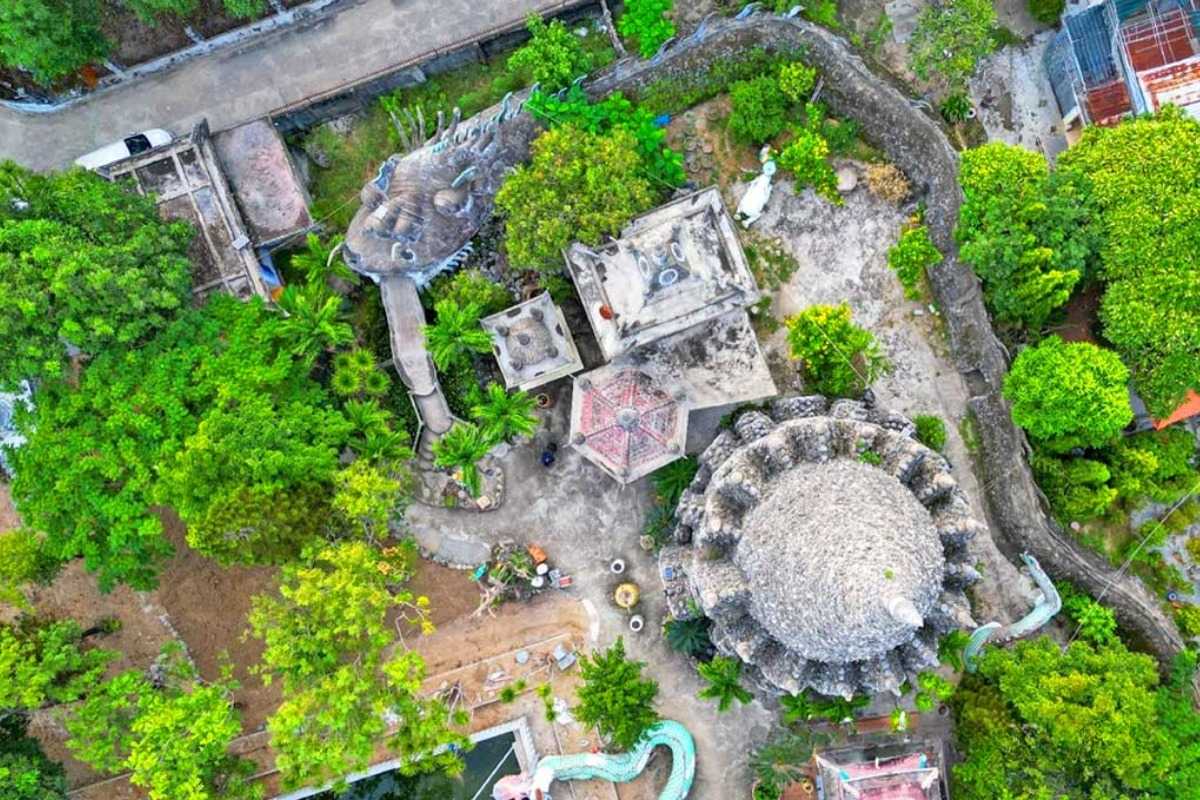
Architectural Style and Features
Tu Van Pagoda Architecture showcases a harmonious blend of traditional Vietnamese design and spiritual symbolism. The pagoda features elegant wooden carvings, sweeping tiled roofs, and intricately painted beams that reflect centuries of Buddhist artistry. Its layout follows classic temple architecture principles, emphasizing balance, harmony, and a connection to nature. Exploring the Tu Van Pagoda Architecture reveals not only its structural beauty but also the cultural stories embedded in every detail.
Discover the traditional Vietnamese pagoda design elements that make this site a cultural treasure.
Traditional Vietnamese Pagoda Design Elements
This section covers the key architectural characteristics that define Tu Van Pagoda:
- Roof Structure: Curved, multi-tiered tiled roofs symbolizing protection and spiritual elevation
- Wooden Carvings: Detailed depictions of dragons, lotus flowers, and mythical creatures reflecting Buddhist themes
- Courtyard Layout: Open spaces designed for meditation and communal gatherings
- Decorative Motifs: Use of red and gold colors symbolizing prosperity and sacredness
- Structural Materials: Combination of wood, stone, and ceramic tiles for durability and aesthetic harmony
These elements represent the essence of Vietnamese pagoda design, enriching your visit to Tu Van Pagoda.
Immerse yourself in the beauty of traditional Vietnamese pagoda design elements during your visit.
Notable Statues and Artwork
Within Tu Van Pagoda, visitors will find a collection of significant statues and artistic works that embody Buddhist teachings and local craftsmanship. The main altar houses a majestic Buddha statue, while surrounding niches feature bodhisattvas and guardian figures carved from wood and stone. Vibrant murals depict scenes from Buddhist lore, inviting contemplation and reverence. Appreciating these artistic details deepens your understanding of the spiritual and cultural richness of the pagoda.
Take time to explore the notable statues and artwork at Tu Van Pagoda and experience its profound artistry.
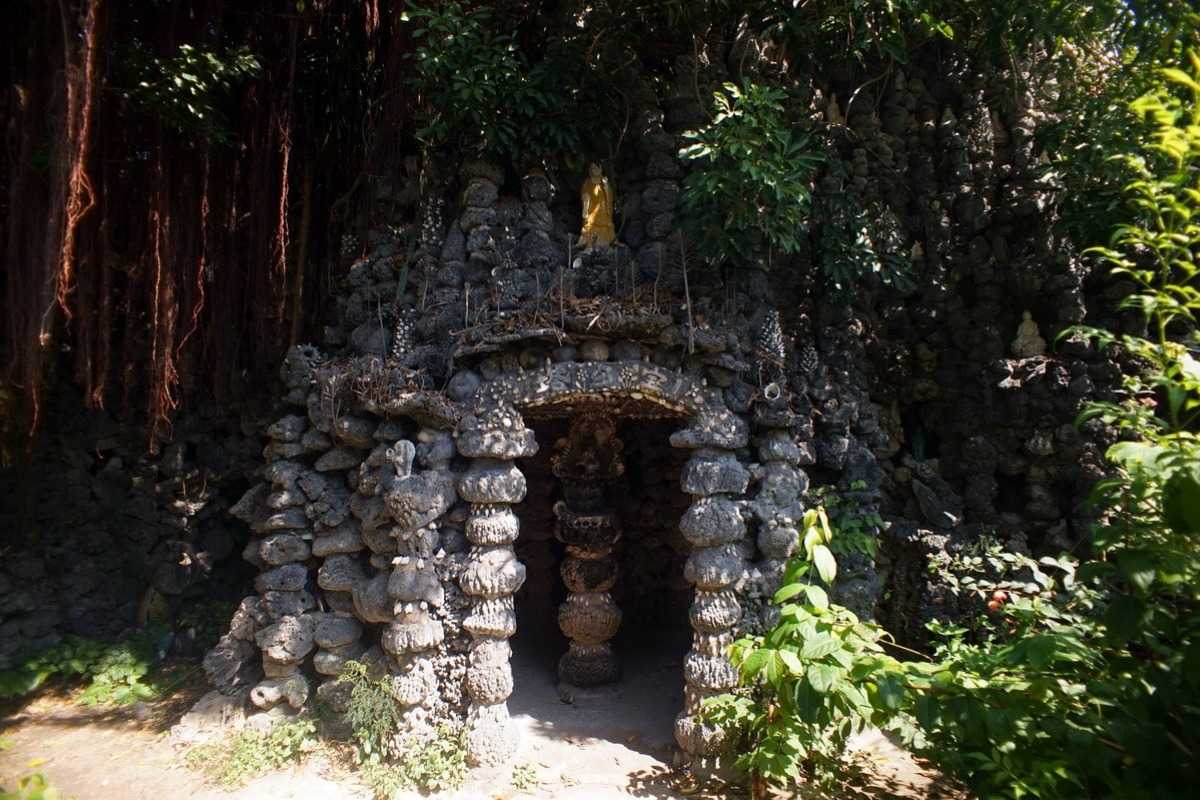
Cultural and Religious Importance
Tu Van Pagoda holds deep significance in the cultural and spiritual life of Nha Trang. It serves not only as a place of worship but also as a living symbol of Buddhist traditions that shape the community’s identity. The pagoda’s role extends beyond architecture, embedding itself in local festivals, ceremonies, and everyday practices. By exploring the cultural and religious importance of Tu Van Pagoda, you gain a fuller understanding of its place in Vietnamese heritage and spiritual tourism.
Experience the Buddhist practices observed at the pagoda to connect more deeply with the region’s traditions.
Buddhist Practices Observed at the Pagoda
At Tu Van Pagoda, several important Buddhist rituals and ceremonies take place regularly:
- Daily Chanting: Monks and visitors participate in morning and evening chants that promote mindfulness and spiritual reflection
- Meditation Sessions: Guided meditation is offered to foster inner peace and connection with Buddhist teachings
- Offerings and Prayers: Devotees present offerings of incense, flowers, and food as acts of devotion and gratitude
- Special Rituals: Ceremonies mark key Buddhist holidays such as Vesak and Ullambana, drawing large community gatherings
These practices illustrate the vibrant spiritual life at Tu Van Pagoda. Embrace these traditions during your visit for a meaningful cultural experience.
Role in Local Festivals and Ceremonies
Tu Van Pagoda plays a central role during regional religious festivals and cultural celebrations in Nha Trang. It hosts events that attract both locals and tourists, reinforcing community bonds and preserving ancient rituals. Notable festivals include the Lunar New Year celebrations and the annual Buddha’s Birthday, where processions, traditional music, and prayers fill the temple grounds. Understanding the role in local festivals and ceremonies allows you to appreciate the living heritage that defines this spiritual site.
Plan your visit around these cultural events to fully experience the spirit of Tu Van Pagoda.
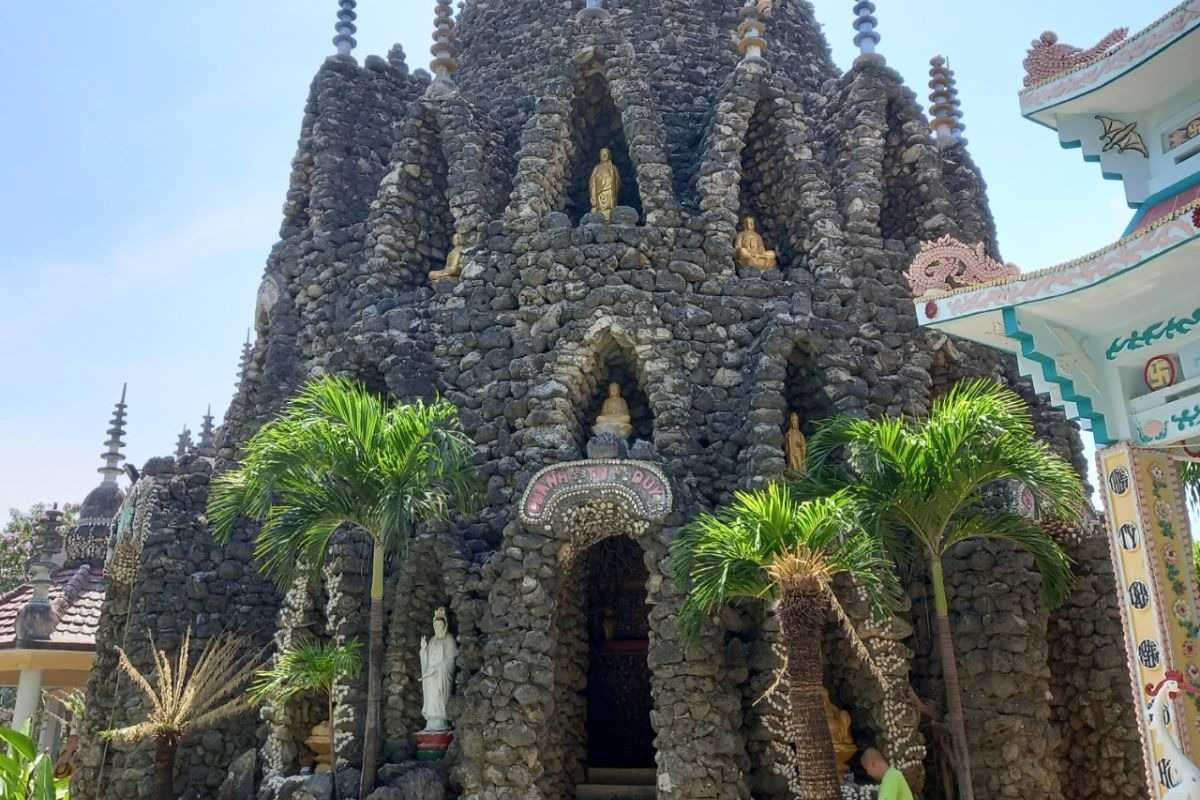
Visiting Tu Van Pagoda: Practical Information
Tu Van Pagoda Location is key to planning your visit to this peaceful Buddhist temple in Nha Trang, Vietnam. Knowing how to reach the site, the best times to visit, and entry requirements will ensure a smooth and enjoyable experience. Understanding transportation options and seasonal considerations will help you make the most of your trip. Prepare well to fully appreciate Tu Van Pagoda and its surroundings.
Arrange your trip with clear details about Tu Van Pagoda Location and visitor essentials.
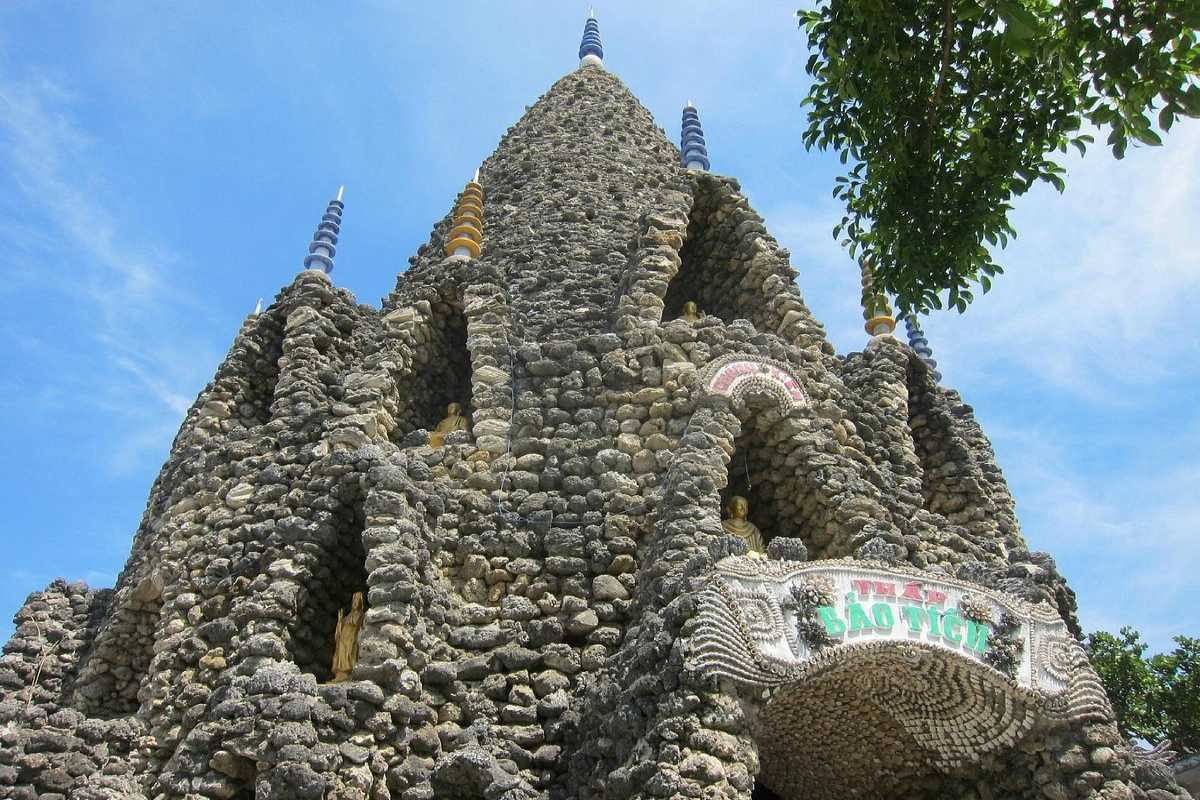
Location and How to Get There
Finding the Tu Van Pagoda Location is straightforward with several transport options available:
- By Taxi or Grab: Convenient door-to-door service from anywhere in Nha Trang
- Public Bus: Local buses connect central Nha Trang to nearby districts with stops close to the pagoda
- Walking: For nearby travelers, pleasant walking routes through Van Thanh Ward offer scenic views and cultural immersion
Whether you prefer private or public transport, understanding how to get to Tu Van Pagoda helps you plan effectively. Choose your option based on convenience, budget, and travel style.
Plan your arrival with confidence by exploring detailed transportation to Tu Van Pagoda options.
Address and Geographic Context
The official address and location details for Tu Van Pagoda:
- Address: Van Thanh Ward, Nha Trang City, Khanh Hoa Province, Vietnam
- Geographic Setting: Situated in a peaceful neighborhood on the outskirts of downtown Nha Trang
- Nearby Landmarks: Close to local markets and residential areas, providing an authentic community atmosphere
Having the exact Tu Van Pagoda address helps you use maps and GPS for accurate navigation.
Use this information to locate Tu Van Pagoda easily and start your journey with ease.
Transportation Options (Public, Private, Walking)
Various transport methods to reach Tu Van Pagoda offer flexibility for visitors:
- Public Transport: Affordable buses run regularly but may require walking to the final destination
- Private Taxi or Ride-Hailing: Faster and more comfortable, ideal for groups or those with luggage
- Walking Routes: Enjoyable for travelers staying nearby, offering a chance to explore local life
Each option suits different traveler preferences and budgets. Choose the best method to suit your itinerary and enjoy your visit.
Consider your options carefully to select the most suitable transportation to Tu Van Pagoda.

Opening Hours and Entry Policies
Knowing the Tu Van Pagoda opening hours is essential for planning your visit. The pagoda welcomes visitors daily from early morning until late afternoon, providing ample time to explore its serene grounds and spiritual spaces. Visitors should respect the temple’s entry policies, which include maintaining silence and dressing modestly to honor its sacred environment.
Familiarize yourself with the entry policies at Tu Van Pagoda to ensure a respectful and enjoyable visit.

Admission Fees and Donation Guidelines
Admission to Tu Van Pagoda is generally free, welcoming all who seek spiritual solace and cultural insight. While there is no mandatory fee, visitors are encouraged to contribute donations to support the pagoda’s maintenance and religious activities. These contributions help preserve the site and sustain the community’s spiritual practices.
Consider offering a donation according to the donation guidelines at Tu Van Pagoda to support this cultural landmark.

Best Time to Visit
The Tu Van Pagoda best time to visit spans the dry season months when the weather in Nha Trang is most pleasant. From November to April, you can enjoy clear skies and comfortable temperatures, making it ideal for outdoor exploration. Visiting during local festivals enhances the experience, as the pagoda comes alive with traditional ceremonies and cultural events.
Plan your trip around the weather and seasonal considerations in Nha Trang and join the vibrant Tu Van Pagoda festivals for an enriched visit.
Weather and Seasonal Considerations
This section explains the climate patterns affecting visits to Tu Van Pagoda and Nha Trang, helping you plan your trip with the best possible weather conditions.
- Dry Season (November to April): Mild temperatures and minimal rainfall make outdoor exploration ideal
- Wet Season (May to October): Increased humidity and occasional heavy rains may impact outdoor activities
- Temperature Range: Generally warm throughout the year, with cooler evenings in the dry season
These seasonal weather patterns influence the best times to visit Tu Van Pagoda for a comfortable experience.
Plan your visit with awareness of Nha Trang weather seasons to enjoy your trip to Tu Van Pagoda fully.
Cultural Festivals and Peak Visitor Periods
This section highlights key festivals and cultural events at Tu Van Pagoda that attract visitors and enrich the spiritual experience.
- Lunar New Year (Tet): Celebrated with special prayers and lively ceremonies drawing many devotees
- Buddha’s Birthday: Features processions, offerings, and communal gatherings reflecting deep Buddhist traditions
- Mid-Autumn Festival: Family-oriented celebrations with lantern displays create a festive atmosphere
These events mark the peak visitor periods at Tu Van Pagoda, offering unique insights into local culture.
Consider timing your trip to participate in these Tu Van Pagoda festivals for a memorable cultural experience.

Activities and Experiences at Tu Van Pagoda
Activities at Tu Van Pagoda offer a variety of ways to connect with its rich cultural and spiritual heritage. From exploring tranquil grounds to participating in meditation and religious ceremonies, visitors can create meaningful experiences that deepen their understanding of Tu Van Pagoda and Nha Trang. Discover the diverse activities that bring this historic site to life.
Plan your visit to enjoy the full range of activities at Tu Van Pagoda.

Exploring the Pagoda Grounds
Exploring the Pagoda Grounds reveals the peaceful layout and sacred spaces of Tu Van Pagoda. You can stroll through gardens filled with fragrant flowers, visit ancient statues, and admire traditional architecture. Key areas within the pagoda invite reflection and discovery.
- Main Hall: Houses important Buddhist statues and hosts daily prayers
- Meditation Garden: A quiet space for contemplation surrounded by nature
- Bell Tower: An iconic structure used in ceremonial rituals
- Ancestor Shrine: Honors past monks and community leaders
These spots form the heart of Tu Van Pagoda’s grounds, providing a serene setting for visitors.
Explore these key areas to fully appreciate Tu Van Pagoda’s spiritual environment.
Key Areas to Visit Within the Compound
This section highlights must-see locations inside Tu Van Pagoda:
- Main Prayer Hall: Central place for worship and community gatherings
- Meditation Pavilion: Designed for group and individual meditation sessions
- Cultural Display Room: Exhibits showcasing Buddhist art and local heritage
- Courtyard Garden: Offers tranquility and scenic beauty for reflection
Visiting these areas ensures a comprehensive experience of Tu Van Pagoda.
Be sure to include these key areas to visit within Tu Van Pagoda during your tour.

Guided and Self-Guided Tours
Visitors to Tu Van Pagoda can choose between guided tours or self-guided exploration. Guided tours offer detailed insights into the history and symbolism of the pagoda, led by knowledgeable local guides. Self-guided options allow for a flexible, personal pace of discovery.
- Guided Tours: Provide expert narration and cultural context
- Self-Guided Tours: Offer freedom to explore independently with informational materials
- Group Tours: Ideal for social learning and shared experiences
- Private Tours: Customized for deeper engagement and specific interests
Choosing between these tours depends on your preferences for structure and depth.
Consider booking Tu Van Pagoda guided tours for an enriching visit experience.

Meditation and Spiritual Programs
Meditation programs Nha Trang at Tu Van Pagoda invite visitors to participate in calming sessions that foster mindfulness and spiritual growth. These programs include guided meditation, chanting, and teachings based on Buddhist philosophy.
- Daily Meditation Sessions: Open to all levels and guided by experienced monks
- Chanting Ceremonies: Group participation to enhance spiritual focus
- Spiritual Retreats: Longer programs combining meditation and cultural learning
- Workshops: Teach Buddhist practices and mindfulness techniques
Engage in these programs to deepen your connection with Tu Van Pagoda’s spiritual heritage.
Join meditation programs Nha Trang for a meaningful and peaceful experience.

Participating in Religious Ceremonies
At Tu Van Pagoda, visitors can respectfully observe or take part in various religious ceremonies. These events highlight the living traditions of Vietnamese Buddhism and offer insights into local spiritual life.
- Vesak Day Celebrations: Marking Buddha’s birth, enlightenment, and death
- Ullambana Festival: Honoring ancestors through prayer and offerings
- Daily Prayer Rituals: Regular ceremonies led by monks with community participation
- Special Blessing Ceremonies: Invoking protection and good fortune
Participating in these ceremonies enriches your visit and cultural understanding.
Respectfully engage in participating in religious ceremonies at Tu Van Pagoda to experience its spiritual essence.

Photography and Art Appreciation
Photography at Tu Van Pagoda captures the temple’s exquisite architecture, serene gardens, and intricate artwork. Visitors interested in art can admire traditional Buddhist statues, vibrant murals, and detailed carvings throughout the complex.
- Architectural Details: Curved roofs, carved woodwork, and ornamental motifs
- Statues: Buddha images and guardian figures with symbolic meanings
- Murals: Colorful paintings depicting Buddhist stories and local legends
- Gardens: Landscaped areas perfect for nature photography
These artistic features offer plentiful opportunities for memorable photos and cultural appreciation.
Bring your camera and explore photography at Tu Van Pagoda to capture its beauty.

Surrounding Attractions and Complementary Sites
Visitors to Tu Van Pagoda can enrich their experience by exploring nearby temples and cultural sites. These attractions offer deeper insight into the religious and historical fabric of Nha Trang. From ancient towers to bustling markets and scenic beaches, the area surrounding Tu Van Pagoda invites you to discover diverse aspects of local life and heritage.
Plan your itinerary to include nearby temples Nha Trang and other complementary sites for a fuller cultural journey.

Nearby Temples and Religious Sites
The region around Tu Van Pagoda is home to several significant religious landmarks that highlight the spiritual diversity of Nha Trang. Exploring these sites offers a richer understanding of local traditions and architectural styles.
- Long Son Pagoda: Famous for its giant white Buddha statue and panoramic city views
- Po Nagar Cham Towers: Ancient Hindu temples dating back to the Cham civilization, showcasing unique architecture
- Additional Buddhist temples: Various smaller temples enriching the spiritual landscape around Nha Trang
Visiting these Buddhist temples near Tu Van Pagoda deepens your cultural appreciation and provides varied spiritual experiences.
Include these sites when visiting Tu Van Pagoda for a comprehensive cultural tour.
Long Son Pagoda
Long Son Pagoda is one of the most iconic religious sites near Tu Van Pagoda. It dates back over a century and features a towering white Buddha statue visible across Nha Trang. The pagoda’s intricate carvings and serene gardens offer a peaceful retreat, while its hilltop location provides stunning views of the city and coastline. Visitors often climb the stairs to the Buddha statue to enjoy the panoramic scenery and reflect in the tranquil surroundings.
Make sure to visit Long Son Pagoda to experience its spiritual ambiance and impressive architecture.
Po Nagar Cham Towers
The Po Nagar Cham Towers are a remarkable set of ancient temples built by the Cham people between the 7th and 12th centuries. These towers showcase sophisticated Hindu architecture and are still active religious sites today. Visitors can admire the red brick structures, carved stone details, and enjoy panoramic views of the Cai River. The towers play a central role in local festivals and cultural celebrations, connecting the past with present traditions.
Explore the Po Nagar Cham Towers to appreciate the Cham heritage and their influence on Nha Trang’s cultural identity.

Local Markets and Cultural Spots
Exploring local markets Nha Trang offers a vibrant glimpse into the daily life and traditions near Tu Van Pagoda. These markets and cultural venues showcase authentic food, crafts, and community spirit that enrich your visit. Discover the flavors and colors that define Nha Trang’s local culture and make your trip memorable.
Include visits to these cultural spots near Tu Van Pagoda to enhance your travel experience.
Dam Market
Dam Market is one of Nha Trang’s busiest and most colorful markets. Here’s what to expect:
- Fresh Produce: A wide selection of tropical fruits, vegetables, and seafood
- Local Crafts: Handmade goods, textiles, and souvenirs perfect for gifts
- Street Food Stalls: Traditional Vietnamese dishes and snacks to sample
- Lively Atmosphere: Bustling crowds and friendly vendors offering authentic experiences
Plan your visit to Dam Market for a taste of local life and flavors close to Tu Van Pagoda.
Nha Trang Cathedral
The Nha Trang Cathedral stands as a striking example of French Gothic architecture in the city. Built in the early 20th century, it features stained glass windows, vaulted ceilings, and a prominent bell tower. The cathedral remains an active place of worship and a cultural landmark for both locals and visitors.
Don’t miss the opportunity to visit Nha Trang Cathedral for a blend of spiritual and architectural beauty during your trip.

Beaches and Outdoor Activities
The beaches in Nha Trang near Tu Van Pagoda offer inviting spaces for relaxation and outdoor fun. Whether you want to stroll along the shore or take in natural scenic beauty, these locations provide perfect complements to cultural exploration. Enjoy fresh sea breezes and stunning views as part of your visit.
Add these outdoor experiences to your itinerary to balance cultural and recreational activities.
Tran Phu Beach Promenade
Tran Phu Beach Promenade is a lively stretch along the coast of Nha Trang, popular for its sandy beaches and vibrant atmosphere. Visitors can enjoy walking along the promenade, sampling local street food, or relaxing at beachfront cafes. The calm waters make it ideal for swimming and water sports, while the sunset views provide a perfect end to any day.
Spend time at Tran Phu Beach to soak in the seaside charm and local energy during your visit.
Hon Chong Promontory
Hon Chong Promontory offers breathtaking views of the ocean and surrounding landscapes. It features scenic hiking trails that wind through granite rock formations and lush greenery. This natural spot near Tu Van Pagoda is perfect for nature lovers seeking adventure and panoramic photo opportunities.
Explore Hon Chong Promontory for a refreshing outdoor escape and memorable vistas.

Cultural Preservation and Sustainability Efforts
Cultural Preservation Tu Van Pagoda involves dedicated efforts to safeguard both the physical structure and living traditions of this historic site in Nha Trang, Vietnam. These initiatives ensure that the pagoda remains a vibrant cultural landmark for future generations, balancing heritage protection with community needs.
Learn about the important actions supporting cultural preservation at Tu Van Pagoda to appreciate its ongoing legacy.

Conservation of the Pagoda Structure
Preserving the physical integrity of Tu Van Pagoda is a priority to maintain its architectural beauty and historical value. Key conservation activities include:
- Structural Repairs: Reinforcing woodwork and roofing to withstand weathering and aging
- Restoration Projects: Reviving faded murals and intricate carvings with expert craftsmanship
- Grounds Maintenance: Regular landscaping and cleaning to preserve the serene environment
- Protective Measures: Implementing policies to minimize visitor impact on delicate areas
These efforts help secure the longevity of Tu Van Pagoda for continued cultural and spiritual use.
Support conservation by respecting guidelines during your visit to Tu Van Pagoda.

Preservation of Intangible Heritage and Practices
Beyond physical conservation, Tu Van Pagoda focuses on maintaining its spiritual and cultural traditions. This includes preserving rituals, festivals, and community customs that form its intangible heritage.
Ceremonies such as traditional Buddhist prayers and annual festivals are actively celebrated, engaging both monks and local residents. Educational programs teach younger generations about these practices, ensuring their transmission.
Preserving these living traditions strengthens the cultural fabric of Tu Van Pagoda and offers visitors authentic spiritual experiences.
Participate in or observe the Buddhist rituals preservation efforts when visiting Tu Van Pagoda.

Sustainable Tourism Initiatives
Efforts to promote sustainable tourism around Tu Van Pagoda focus on minimizing environmental and cultural impact while maximizing visitor education and community benefits.
- Eco-friendly Practices: Encouraging waste reduction and responsible behavior among tourists
- Visitor Management: Limiting crowds during peak times to protect the site’s integrity
- Community-Based Tourism: Involving locals in guiding and hospitality to foster economic sustainability
- Awareness Campaigns: Educating visitors about cultural respect and environmental care
These initiatives support a balanced relationship between tourism and preservation.
Choose to support sustainable tourism when planning your visit to Tu Van Pagoda and Nha Trang.

Community Engagement and Education
The local community plays an active role in preserving Tu Van Pagoda through various educational and engagement programs. These initiatives build cultural pride and foster tourism awareness.
Partnerships between monks, residents, and tourism operators create workshops, cultural events, and volunteer opportunities that connect people with their heritage. This inclusive approach ensures that preservation efforts benefit everyone involved.
Experience the positive impact of community engagement in tourism by exploring programs linked to Tu Van Pagoda during your visit.

Visitor Tips and Recommendations
Planning your visit with useful visitor tips Tu Van Pagoda ensures a respectful, enjoyable, and well-prepared experience. Understanding appropriate attire, accessibility options, and ways to enrich your itinerary will help you make the most of your time at Tu Van Pagoda and nearby Nha Trang attractions.
Follow these practical recommendations to enhance your trip and engage meaningfully with the culture.

Appropriate Attire and Behavior
Visitors to Tu Van Pagoda should observe respectful dress codes and conduct to honor the sacred space. Here are key guidelines for appropriate attire and behavior:
- Modest Clothing: Wear clothes that cover shoulders and knees to show respect
- Remove Shoes: Follow the custom of removing footwear before entering prayer halls
- Quiet Conduct: Maintain silence or speak softly to preserve the peaceful atmosphere
- Photography Etiquette: Ask permission before photographing monks or ceremonies
Adhering to these practices ensures a considerate visit to Tu Van Pagoda.
Respect cultural norms by following the appropriate attire pagoda visit guidelines.

Accessibility Considerations
Tu Van Pagoda offers access accommodations for visitors with mobility challenges to ensure an inclusive experience:
The pagoda grounds feature paved pathways suitable for wheelchairs and strollers. There are ramps in key areas, though some older sections may have steps. Assistance is available upon request from staff or volunteers. Nearby parking facilities include designated spaces for disabled visitors.
Check the accessibility at Tu Van Pagoda before your visit to plan accordingly.

Combining Your Visit with Other Local Experiences
Enhance your trip by combining Tu Van Pagoda with other exciting local experiences Nha Trang has to offer. Nearby cultural and natural sites provide a rich itinerary:
- Long Son Pagoda: Famous Buddhist temple with panoramic city views
- Dam Market: Bustling local market with fresh food and crafts
- Tran Phu Beach Promenade: Scenic coastal walk with cafes and activities
- Hon Chong Promontory: Natural rock formations and hiking trails
Plan your day by combining your visit with other local experiences to get the most from Nha Trang.

Tips for Families, Cultural Tourists, and Spiritual Seekers
Visitors to Tu Van Pagoda come with diverse interests. Here are tailored tips to suit different groups:
- Families: Engage children with stories of Buddhist traditions and peaceful garden walks
- Cultural Tourists: Join guided tours for in-depth history and symbolism
- Spiritual Seekers: Participate in meditation programs and ceremonies for reflection
These tips help all visitors enjoy meaningful experiences at Tu Van Pagoda.
Make the most of your visit with these tips for families, cultural tourists, and spiritual seekers.

Conclusion
Reflecting on your journey, why visit Tu Van Pagoda becomes clear through its unique blend of spiritual significance, architectural beauty, and cultural depth. This sacred site offers an immersive experience that connects you to Nha Trang’s rich heritage and vibrant traditions.
Make sure to include Tu Van Pagoda in your travel plans for a meaningful cultural encounter.

Summary of Why Tu Van Pagoda is a Must-Visit
Why visit Tu Van Pagoda? Here are the key reasons:
- Historic significance as one of Nha Trang’s treasured Buddhist temples
- Stunning traditional Vietnamese architecture with intricate art
- Opportunities to participate in authentic spiritual and cultural activities
- Peaceful gardens offering serene spaces for reflection and meditation
These highlights make Tu Van Pagoda a must-visit destination for travelers seeking depth and tranquility.
Plan your visit to Tu Van Pagoda to experience these unforgettable aspects firsthand.

Encouragement to Explore Nha Trang’s Cultural Heritage
Beyond the pagoda, explore Nha Trang cultural heritage to discover a city rich with temples, markets, festivals, and coastal beauty. Engaging with these local experiences deepens your understanding and appreciation of Vietnamese culture.
Embrace the chance to immerse yourself in Nha Trang cultural tours for a well-rounded and rewarding travel adventure.
Mike Nguyen
Travel Advisor
Mobile: +84917506881 (whatsapp available)
Email: contact@asiatravellinks.com
Faqs
Tu Van Pagoda is known for its rich spiritual significance and beautiful traditional Vietnamese architecture in Nha Trang. It serves as a serene place for Buddhist worship and meditation while showcasing intricate wood carvings and peaceful gardens.
- Historic temple with centuries-old Buddhist traditions
- Unique pagoda design reflecting Vietnamese cultural heritage
- Venue for religious ceremonies and cultural festivals
- A quiet retreat offering meditation and spiritual programs
Visiting Tu Van Pagoda provides a deep cultural experience and connection to Nha Trang’s religious heritage. Plan your visit to explore its unique features.
To reach Tu Van Pagoda from Nha Trang city center, you have several transportation options depending on your preference and budget.
- Taxi or Grab ride for a convenient and direct route
- Local bus services connecting to Van Thanh Ward nearby
- Walking or cycling for active travelers located close by
- Private car rentals or guided tours that include pagoda visits
Knowing your transport options helps plan a smooth trip to Tu Van Pagoda. Contact us for advice on the best routes available.
Visiting Tu Van Pagoda is generally free of charge, reflecting its role as an active place of worship open to the public.
- No official entrance fee required
- Voluntary donations are welcome to support temple upkeep
- Fees may apply for guided tours or special meditation sessions
Understanding the donation and fee policies can prepare you for a respectful visit to Tu Van Pagoda.
Tu Van Pagoda typically opens daily to visitors and worshippers, but exact hours can vary by season and special events.
- Common opening hours: early morning to early evening (6:00 AM to 6:00 PM)
- Adjusted hours during major Buddhist festivals or holidays
- Early visits recommended to experience morning rituals
Check the latest opening times before your visit for the best experience at Tu Van Pagoda.


